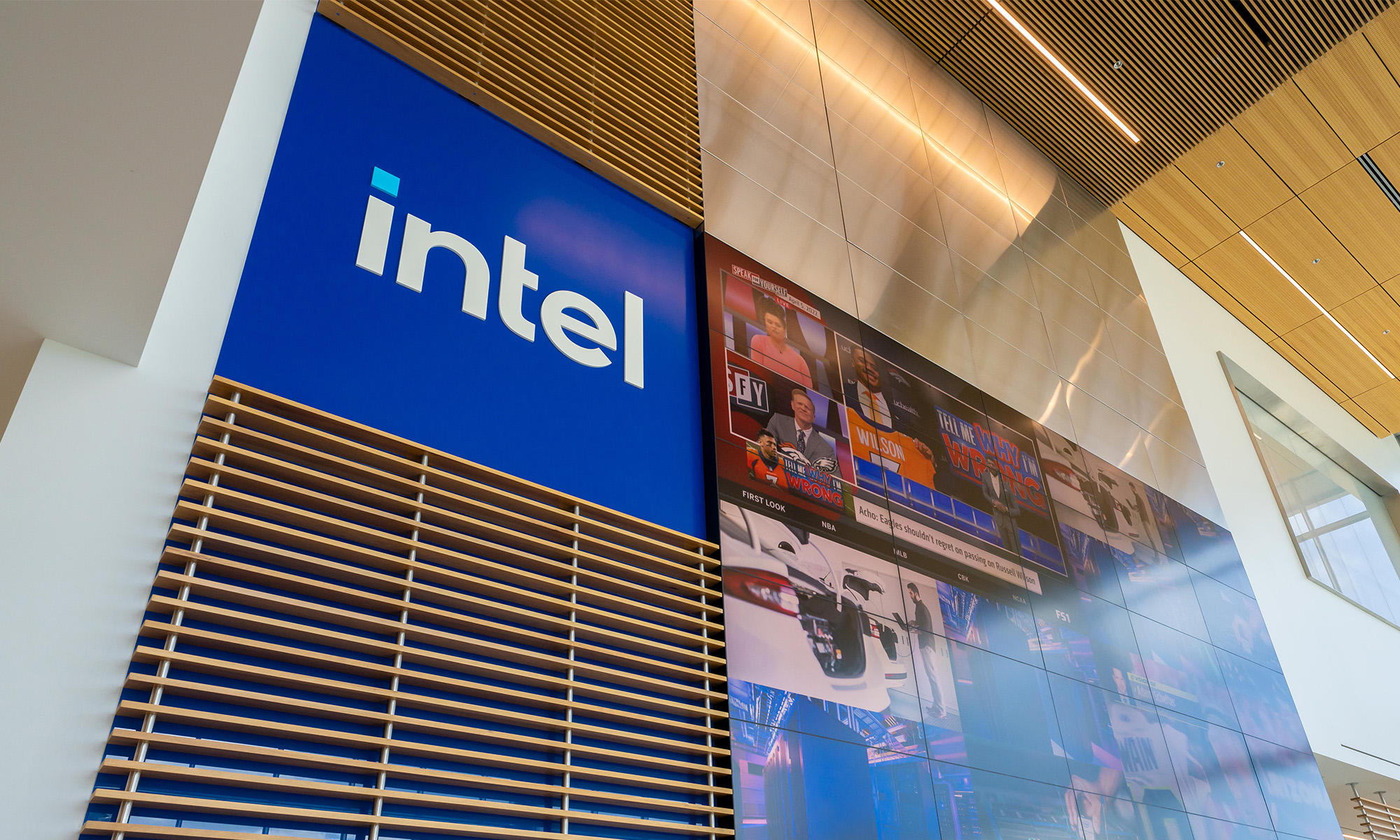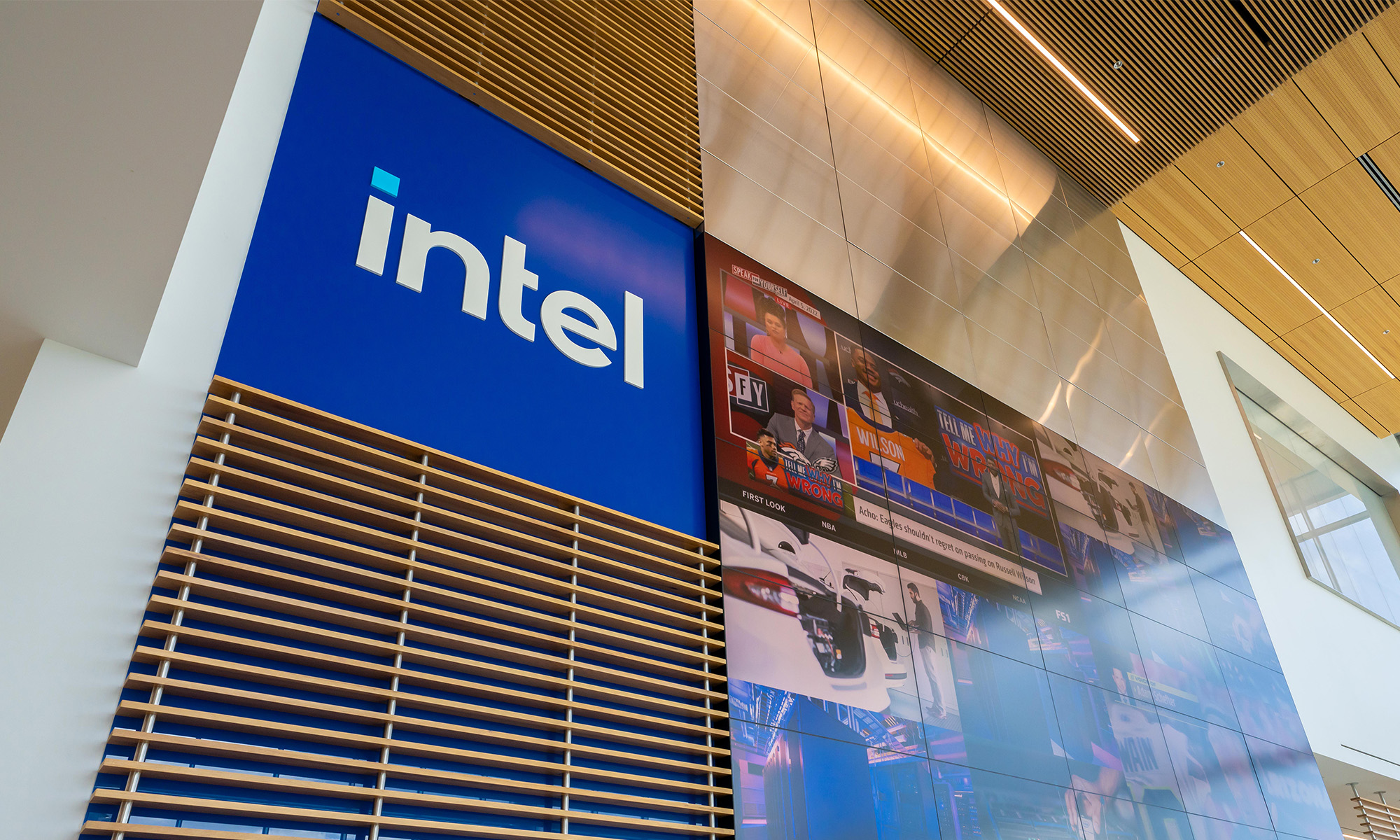On July 11, chip giant Intel (INTC 0.06%) finally announced the general availability of its new Xeon Scalable Processors, which were formally known by the codename Skylake-SP. The company is seemingly quite proud of this product lineup, calling it the "greatest set of data center and network processor advancements in a decade."
Intel offered up quite a lot of interesting information about this new product family. Here are three key things that Intel wants people to know.

Image source: Intel.
Intel has already shipped a lot of them
Intel is well-known for having an "early ship" program for upcoming processors. This program, which Stacey Higginbotham explained in a Forbes article published in late 2015, allows major customers to receive "access to chips that Intel designs about six months before Intel releases them to any other customers."
For the Xeon Scalable family, Intel boasts that it did its "largest data center early ship program," shipping over half a million chips to customers ahead of the formal general availability announcement.
The chipmaker has totally shaken up the branding and segmentation
With the Xeon Scalable processors, Intel is introducing new branding for the chips. Rather than offer distinct Xeon E5 for two- and four-socket systems and Xeon E7 chips for two- to eight-socket systems, with both families of chips requiring fundamentally different platforms, it's doing something quite different.
All the Xeon Scalable processors will work in the same basic infrastructure, but the chip family will be segmented into four different brands: Xeon Bronze, Xeon Silver, Xeon Gold, and Xeon Platinum.
The Xeon Bronze represents the lowest end of the bunch, with the fewest cores, lowest frequencies, least (and slowest) memory, and least robust multiprocessor support (Xeon Bronze can only be used in up to two-processor configurations).
At the very high end of the stack is the company's Xeon Platinum family of processors, which offers the most cores, highest frequencies, the most scalability to eight-processor systems, support for full-speed AVX-512 computational capabilities, the most (and fastest) memory, and so on.
This is analogous to Intel's Core i3, Core i5, Core i7, and Core i9 branding in the consumer processor market.
Intel's goal with such aggressive product segmentation is clearly the same as it is in the consumer processor market: to get customers to buy up the product stack, which should lead to higher average selling prices, total revenue, and ultimately profits.
We'll see over the coming year how well this strategy works for the company -- keep an eye on the data center processor average selling prices that Intel reports each quarter.
It delivers a big performance boost
Intel claims an average of a 1.65X performance boost with these Xeon Scalable processors from the company's prior-generation Xeon E5 v4/Xeon E7 v4 processors.
Moreover, the company says that these new chips deliver substantial improvements in key areas such as artificial intelligence ("2.2x higher deep learning training and inference"), networking ("up to 2.5x increased IPSec forwarding rate"), virtualization ("up to an estimated 4.2x more virtual machines versus a 4-year-old system"), high-performance computing ("up to a 2x FLOPs/clock improvement"), and storage (when paired with the company's Optane technology).
Obviously, these performance improvements are important because the company wants to offer potential data center customers compelling enough performance improvements so that said customers can realize significant total cost of ownership (TCO) advantages over their current hardware, catalyzing upgrades.
We'll see over the next year how compelling potential customers ultimately find these products over Intel's prior-generation products.






